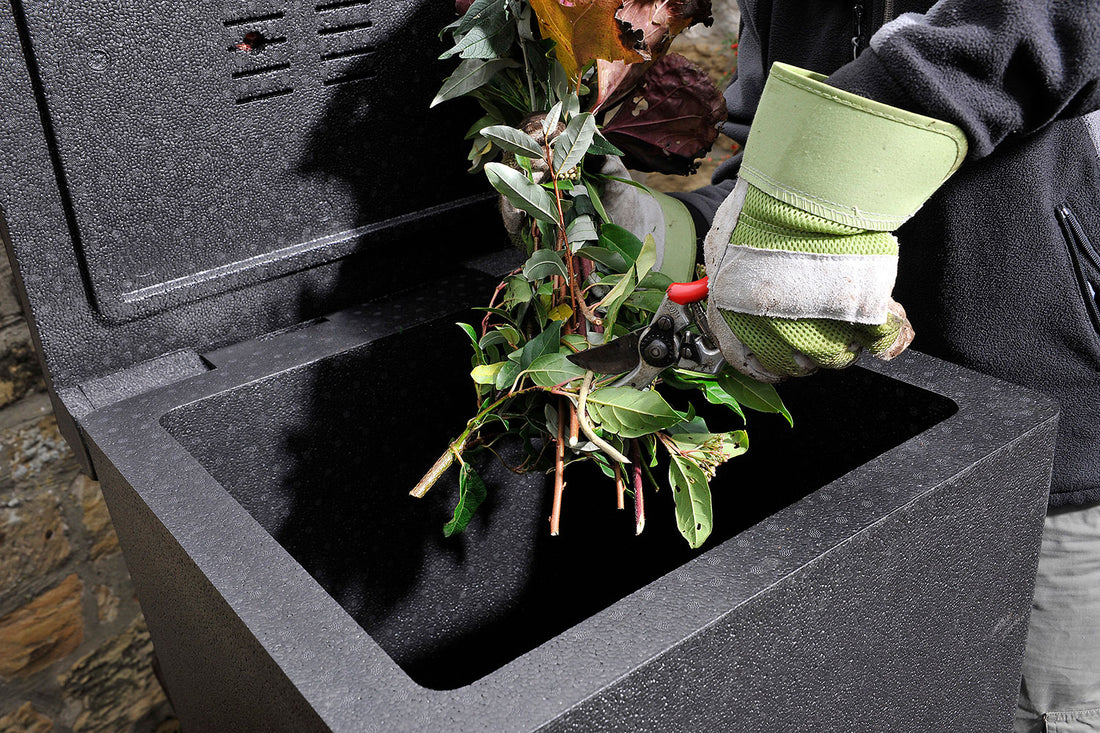Should Waste Be Chopped or Shredded Before Composting?
It is not essential but as best practice chopping down the size of waste helps speed up the time it takes to compost down ensuring a more consistent finer texture in the end compost that you achieve.
Why Should You Chop / Shred Waste?
-
Greater Surface Area - When you chop up your waste you increase the surface area. Bacteria eat at the surface – the more surface to attack the faster the rate of decay. Although the maths does vary, one can approximate each cut to doubling the surface area – and doubling the speed.
-
Breaks Through Protective Layers - Chopping cuts through the outer protective layers such as bark, shell, peel and skin. These layers are designed to be more resistant to bacterial attack but if we cut through them, bacteria can attack the easier to digest fleshier material inside. This tends to generate heat faster and so increases the rate of decay.
- Finer Compost – Chopping/Shredding helps to ensure a finer and more consistent texture in the final product.
Tools and Techniques
|
|
Positives |
Negatives |
|
Knife / scissors/ |
Ideal for kitchen waste Cheap and Easy |
Takes a little longer than just adding whole items, however the benefits are worthwhile |
|
Secateurs |
Ideal for thin woody items like dead flowers and prunings. |
Not suited to thicker items - however try not to add anything thicker than finger width |
|
Shredder |
Good for high volume. |
They can be expensive and take up storage room. |
|
Hedge Trimmer |
Pile up hedge trimming and then cross cut pile. |
Little time needed to reduce a big pile of branches to a small pile of leaves and chippings. |
|
Rotary Lawn Mower |
Great for autumn leaves. |
Works for other non-woody garden waste. |
Rough Chopping Advice
- Chop as much as you can
- Broccoli stalks and whole items - half or quarter so bacteria can get to softer inside.
- Rose stems (small diameter, less than 0.5 cm) ideally chop into short sections.
- Bones – e.g. chop chicken bones in half so bacteria can get inside.
- Woody stalks (less than 1 cm diameter), chop 4cm lengths if possible.
- Woody stems (greater than 1 cm diameter) – pass through a shredder if possible.
- Tree branches – if composting these need to be shredded and will make a great woodchip alternative.
Tip: The more you chop it down, the faster it will compost!
If you are still unsure on the size you need to chop your waste too you can also check out our YouTube video here for further clarification.

